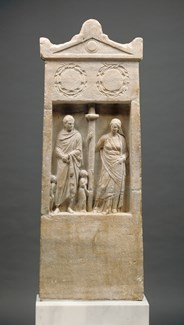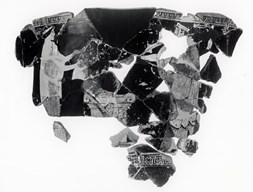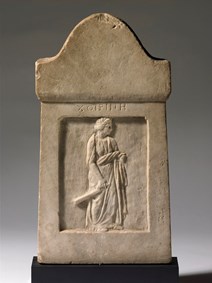Priestess of Demeter
The Priestess of Demeter and Kore was an ancient office and participated in many festivals associated with the goddess of agriculture, such as Thesmophoria, Haloa, and Calamea. Only the office of the hierophant was considered superior. The Priestess played the role of Demeter and Daughter in the sacred representation during the Greater Mysteries, while the hierophant played the role of Hades and Zeus. The office was for life, and she was eponymous (events and inscriptions were dated according to her name), indicating that in her distant origin, the sacred cult of Demeter was a cult of women. The resolutions mention her alongside the hierophant and sometimes before him. She often argued with the hierophants about who was responsible for the sacrifices. She came from the Eumolpidae or the Fi…







